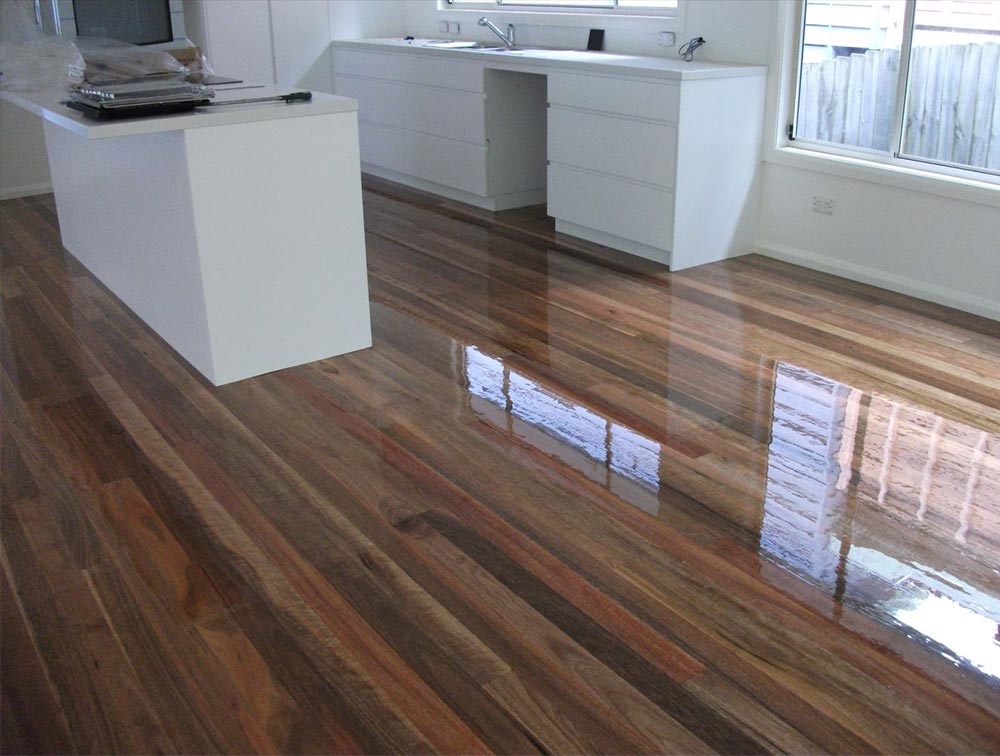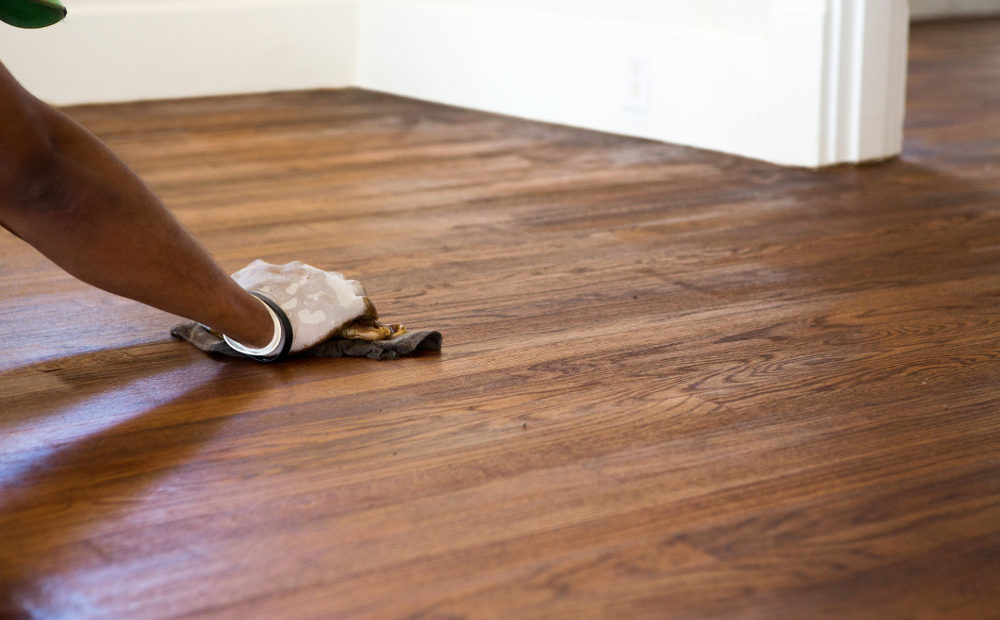Sanding the floor can be tricky, but with the right techniques and tools, it can be a seamless part of the floor refinishing process. Whether you’re a DIY enthusiast or a professional contractor, mastering the art of sanding the floor is essential for achieving a flawless finish.
In this ultimate guide, we’ll explore the best practices, tools, and tips to help you tackle this challenging aspect of floor sanding Melbourne Eastern Suburbs with confidence and precision. So, let’s dive in and uncover the secrets to mastering the art of sanding the floor.
Importance of Sanding the floor
Sanding the floor is crucial for achieving a pristine and consistent look across the entire floor surface. It plays a significant role in upholding the natural charm of the wood or other flooring materials. Additionally, by meticulously sanding corners, you can effectively minimise the build-up of dust and debris in those tough-to-reach spots, promoting a cleaner and healthier indoor environment.
Furthermore, smooth corners reduce the likelihood of splinters and rough edges, subsequently reducing the risk of injuries and preventing any potential damage to furniture or decor.
Preserving Aesthetics
Carefully sanding the floor allows for a seamless transition between walls and floors, creating a visually appealing and polished look. This attention to detail not only enhances the overall aesthetics of the room but also contributes to a balanced and harmonious design.
Preserving the aesthetics of floor corners through sanding helps maintain the elegance and charm of interior spaces, ensuring that the entire flooring surface appears uniform and well-maintained. By diligently sanding the floor, you can avoid uneven or neglected areas, ultimately enhancing the visual appeal of the space and creating a more inviting and well-maintained environment.
Preventing Damage
Sanding the floors play a crucial role in preventing damage and preserving the integrity of the flooring material. By reducing the likelihood of moisture accumulation, well-sanded corners help mitigate the risk of structural damage over time, ultimately extending the lifespan of the floor.
Additionally, thorough sanding prevents dirt build-up, which can lead to scratches and abrasions, compromising the overall integrity of the flooring material. By prioritising the prevention of moisture retention through effective sanding, the potential for warping or deterioration in floor corner areas is significantly minimised, contributing to the long-term durability of the flooring.
Tools and Equipment for Sanding the Floor
When it comes to sanding the floor, having the right tools can make all the difference in achieving a flawless finish. A sanding sponge is a versatile and essential tool, as it can effortlessly reach into tight corners and crevices, ensuring thorough sanding. Additionally, an oscillating multi-tool with a sanding attachment proves to be perfect for precisely sanding the floor and edges, leaving no spot untouched.
For those hard-to-reach corners, a triangular detail sander is specifically designed to access and sand tight spaces, making it an ideal choice for floor corner sanding projects.
Moreover, a handheld rotary tool equipped with a small sanding bit can effectively tackle those challenging and intricate areas, ensuring comprehensive sanding for a seamless final result. Each of these tools brings a unique advantage to the process, making floor corner sanding a more manageable and efficient task.
Sanding Block
Sanding the floor requires precision and the right tools, and a sanding block with a pointed tip is perfect for smoothing out rough edges in those hard-to-reach areas. With the ergonomic design of the sanding block, comfortable handling is ensured while refining the corners of the sanded floor.
It’s important to use fine-grit sandpaper with the sanding block to achieve a seamless finish in the corners, and applying even pressure is key to obtaining consistent results. This combination of techniques and tools ensures that the corners of the sanded floor are impeccably smooth and well-refined.
Detail Sander
A detail sander with a triangular pad is incredibly effective at reaching into narrow spaces when refining the corners of a sanded floor. The orbital motion of this tool provides efficient material removal in tight corners, ensuring a thorough and precise sanding process.
Additionally, its compact size offers excellent manoeuvrability for addressing intricate details in floor corners, making it an essential tool for achieving a flawless finish. The dust collection feature further contributes to maintaining cleanliness while working on the corners of the sanded floor, creating a more convenient and tidy sanding experience.

Techniques for Sanding the floor
When sanding floor corners, it’s essential to have a strategic approach. Start by using a handheld detail floor sanding Melbourne Eastern Suburbs sander to access tight corners and edges, ensuring comprehensive sanding. Then, employ a sanding block to smooth out the larger areas near the corners, creating a seamless transition.
For intricate designs or carvings in the floor corners, a small, flexible sanding tool is ideal for precision. Finally, finish off the process with hand-sanding to guarantee that all edges and corners are perfectly smooth, resulting in a flawlessly sanded floor surface. By following these steps, you can achieve a professional-quality finish in floor corner sanding projects.
Proper Sanding Direction
Sand parallel to the grain of the wood to protect the integrity of the material and prevent any noticeable scratches. When changing the sandpaper grit, start with a coarse grit and gradually progress to a finer grit for a smooth and flawless finish.
It’s crucial to inspect the sandpaper regularly for any signs of wear and tear, replacing it when necessary to ensure effective sanding. Additionally, make sure to vacuum or wipe down the sanded area between grit changes to eliminate dust and prevent it from impacting the next sanding stage. This process helps maintain a clean and optimal sanding environment, contributing to a high-quality end result.
Handling Tight Spaces
To effectively tackle sanding tight spaces on your floor, consider utilising a triangular detail sander or multi-tool attachment specially designed to access and sand confined areas without compromising on quality. Patience and meticulousness are key in this process, as rushing can result in uneven sanding and missed spots.
It’s also important to consider using specialised mini-sanders for thorough sanding coverage in tight spaces. After sanding, carefully inspect these areas to ensure they blend seamlessly with the rest of the floor surface, guaranteeing a flawlessly sanded result. Always take your time and pay attention to detail for the best outcomes.
Tips for Achieving Professional Results
When sanding the floor, begin by selecting the appropriate grit sandpaper to kick-start the process and guarantee optimal outcomes. Attention to detail is essential at every step of the sanding process, especially in the corners, as it plays a pivotal role in achieving a refined and professional finish.
Patience is a virtue when it comes to sanding the floor, so take your time and avoid rushing the process to ensure the highest quality results. Additionally, utilising specialised tools like corner sanders can significantly contribute to achieving professional outcomes, enhancing the overall quality of the floor corner sanding process.
Use of Proper Grit Sandpaper
Selecting the right grit sandpaper is crucial for achieving exceptional results when sanding the floor. Beginning with a coarse grit can effectively eliminate old finishes and imperfections, paving the way for a smoother surface as you progress to finer grits.
Regular inspection and replacement of the sandpaper are essential to ensure consistent and effective abrasion during the sanding process. Moreover, utilising sandpaper with a durable and flexible backing material is key to reaching into tight spaces and addressing floor corners with precision and efficiency.
Attention to Detail and Patience
Carefully address any uneven areas or stubborn spots in the floor corners through meticulous sanding techniques, ensuring a uniform finish throughout. Exercise patience during each stage of the sanding process, allowing the equipment and materials to work effectively without causing unnecessary damage or errors. Inspect the finished surface closely after each round of sanding to identify any missed spots or irregularities in the floor corners that require further attention.
Maintain consistent pressure and movement while handling the sander in order to achieve smooth and precise results in even the tightest nooks of floor corners. Keeping these tips in mind will contribute to a flawlessly sanded floor surface with professional-quality result.
Safety Precautions for Sanding the Floors
When sanding floor corners, it’s crucial to prioritise safety at all times to prevent any potential hazards. Always wear a dust mask to protect your lungs from fine wood dust particles, ensuring respiratory health throughout the sanding process. Additionally, using safety goggles is essential to shield your eyes from flying debris, maintaining optimal eye protection.
Ensure the surrounding area is well-ventilated to prevent the build-up of airborne dust, creating a safe and comfortable environment for sanding. Lastly, keeping a fire extinguisher nearby as a precautionary measure is a proactive step in case of any unexpected accidents, contributing to a secure workspace for sanding the floors.
Wearing Protective Gear
When sanding the floors, it’s essential to prioritise safety by taking precautionary measures. Put on work gloves to safeguard your hands from sharp edges and splinters, ensuring protection while manoeuvring the sanding equipment.
Additionally, wear ear protection such as earmuffs or earplugs to minimise exposure to loud noise generated by the sanding equipment, prioritising your auditory well-being. For added comfort and protection when kneeling or crouching during floor corner sanding, use knee pads. Lastly, ensure to wear sturdy, closed-toe shoes to shield your feet from falling debris and potential hazards, creating a secure environment for the sanding process.
Proper Ventilation and Dust Control
To maintain a safe and healthy environment while sanding the floor, it’s crucial to prioritise proper airflow and ventilation. Open windows and doors to facilitate the circulation of fresh air, effectively reducing the concentration of airborne dust particles in the workspace. Additionally, portable fans should be positioned strategically to direct dust towards an exhaust or outside area, minimising indoor pollution and improving air quality.
Consider using a vacuum equipped with a HEPA filter for fine dust extraction to capture and contain airborne particles effectively. Furthermore, regularly dampening the floor with water can significantly reduce the spread of dust during sanding, promoting a cleaner and safer workspace for the sanding process. These measures contribute to a secure and comfortable environment while addressing floor corners with precision and efficiency.
In closing, sanding the floor holds significant importance in preserving the aesthetics of your space and preventing damage to the flooring. The right tools and equipment, such as the sanding block and detail sander, along with proper floor sanding Melbourne Eastern Suburbs techniques like sanding direction and handling tight spaces, are essential for achieving professional results. Attention to detail, patience, and the use of proper grit sandpaper are key factors in ensuring a uniformly sanded surface.
Transform your floors from dull to dazzling with our expert corner sanding services. At Timber Floor Sanding Melbourne, we understand that achieving a flawless finish requires attention to every detail, including those hard-to-reach corners. Our team of skilled professionals specialises in tackling even the most uneven surfaces with precision and care. Connect with our experts today and let us transform your floors into works of art.


